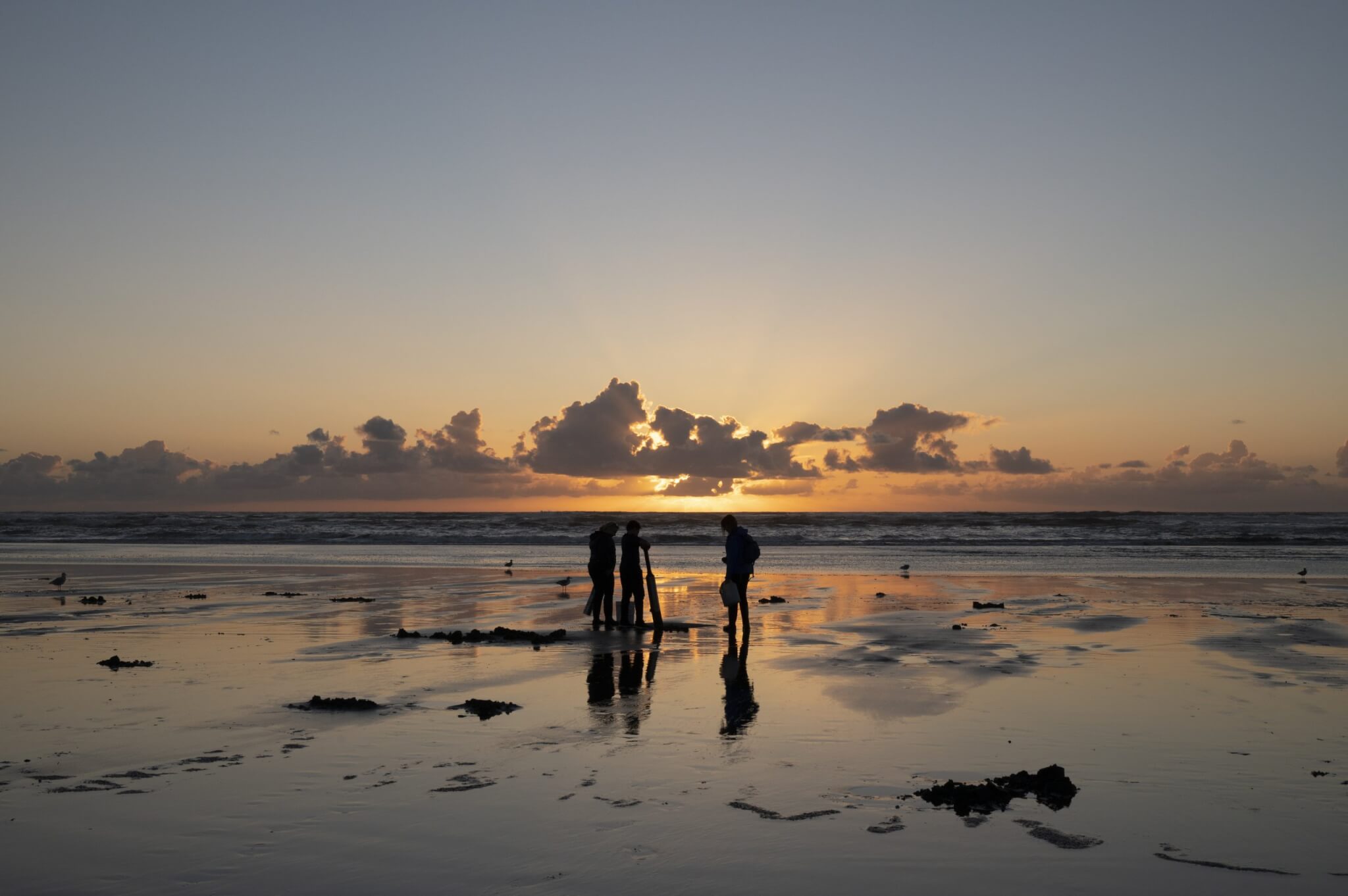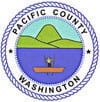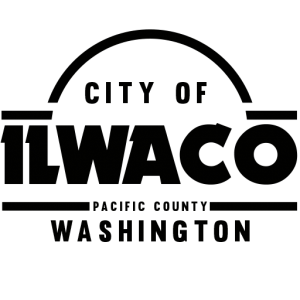Along the sweeping sands of Washington’s Evergreen Coast, few traditions capture the region’s spirit quite like razor clam digging. It’s more than just a pastime—it’s a beloved Pacific Northwest tradition that brings families, friends, and first-timers together on the shoreline with shovels, lanterns, and laughter echoing through the salty air.
Whether you’re a seasoned digger or simply curious about this unique coastal experience, there’s no better place to dig for razor clams than right here on the Long Beach Peninsula, the heart of Washington’s razor clam season.
The Thrill of the Dig
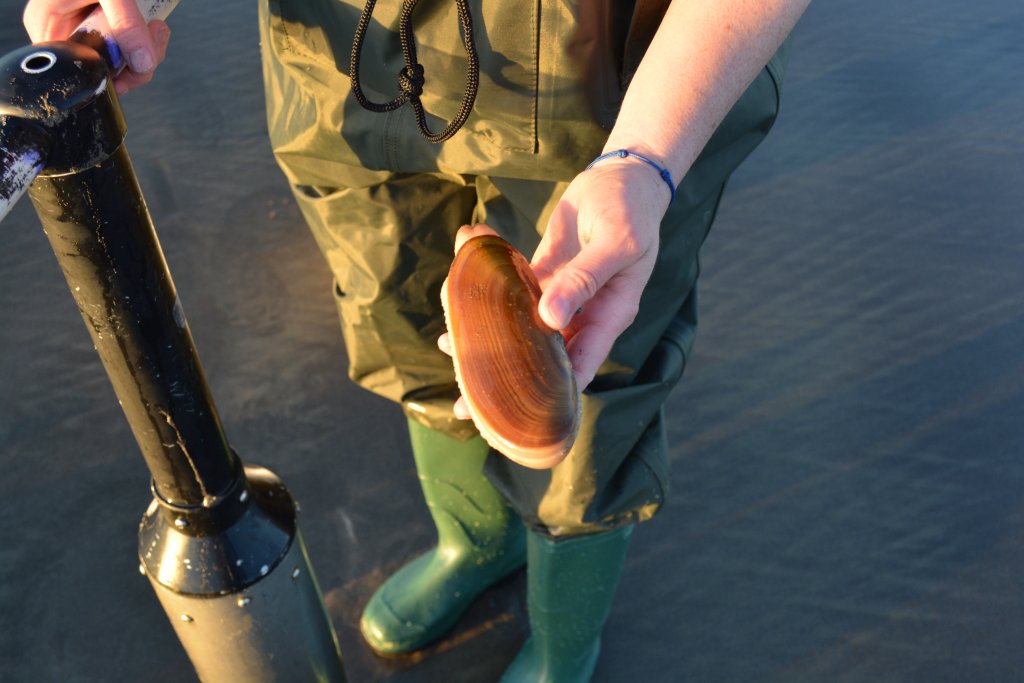
When the tides recede and the wet sand glistens beneath a sunrise—or under the glow of a headlamp during a nighttime dig—you’ll start to notice the telltale signs of a clam: a small dimple or “show” in the sand. That’s where a Pacific razor clam has burrowed deep below the surface.
Armed with a clam gun or shovel, diggers move fast, timing each motion with the rhythm of the surf. The moment you pull your first clam from the sand, you understand why so many return season after season—it’s equal parts challenge, tradition, and pure joy.
Every dig feels like a celebration of the coast itself, filled with the smell of salt air, the crash of waves, and the thrill of discovery.
Where and When to Go Clam Digging

Razor clam digging in Washington typically takes place in fall, winter, and spring, when tides and conditions align. The Washington Department of Fish and Wildlife (WDFW) announces approved digs based on tide schedules and toxin testing, ensuring safe, sustainable harvests.
The Long Beach Peninsula— sand stretching for 28 miles between Ilwaco and Ocean Park—is one of the best places in the state for razor clams. Its wide, flat beaches provide plenty of space for everyone to spread out and enjoy the dig.
Visitors often make a weekend of it, staying in cozy Long Beach hotels, seaside cabins in Ocean Park, or waterfront hotels in Ilwaco. Between digs, it’s easy to enjoy local restaurants, storm watching, or a walk on the Discovery Trail.
Each dig feels like a small-town festival, with families bundled in rain gear, dogs running alongside, and kids proudly showing off their first clams.
What You’ll Need: Razor Clam Digging Gear and Prep

Before heading out, make sure you have the proper gear and license. Here’s what to bring for a successful dig:
- Shellfish license: Required for all diggers age 15 and older (available online or at local retailers).
- Clam gun or shovel: The tools of the trade for extracting clams from the sand.
- Mesh bag or bucket: Keeps your catch fresh and within your daily limit.
- Warm, waterproof clothing: The coast can be chilly, especially during evening digs.
- Headlamp or lantern: A must for night digs.
Always check WDFW’s razor clam updates for approved beaches, tide times, and health advisories. Safety is key—watch the tides closely, dig with a buddy, and never turn your back on the ocean.
Tide-to-Table: The Reward of Razor Clamming
Part of the magic of razor clam digging is the reward afterward. Back at your campsite, vacation rental, or local lodging, you can clean and cook your catch for a true tide-to-table experience.
Razor clams are famous for their sweet, delicate flavor—perfect for frying, baking, or making rich clam chowder. Don’t feel like cooking? Many Evergreen Coast restaurants feature fresh razor clam specials during open digs, so visitors can still savor this coastal delicacy even without getting their boots sandy.
A Tradition That Connects Generations
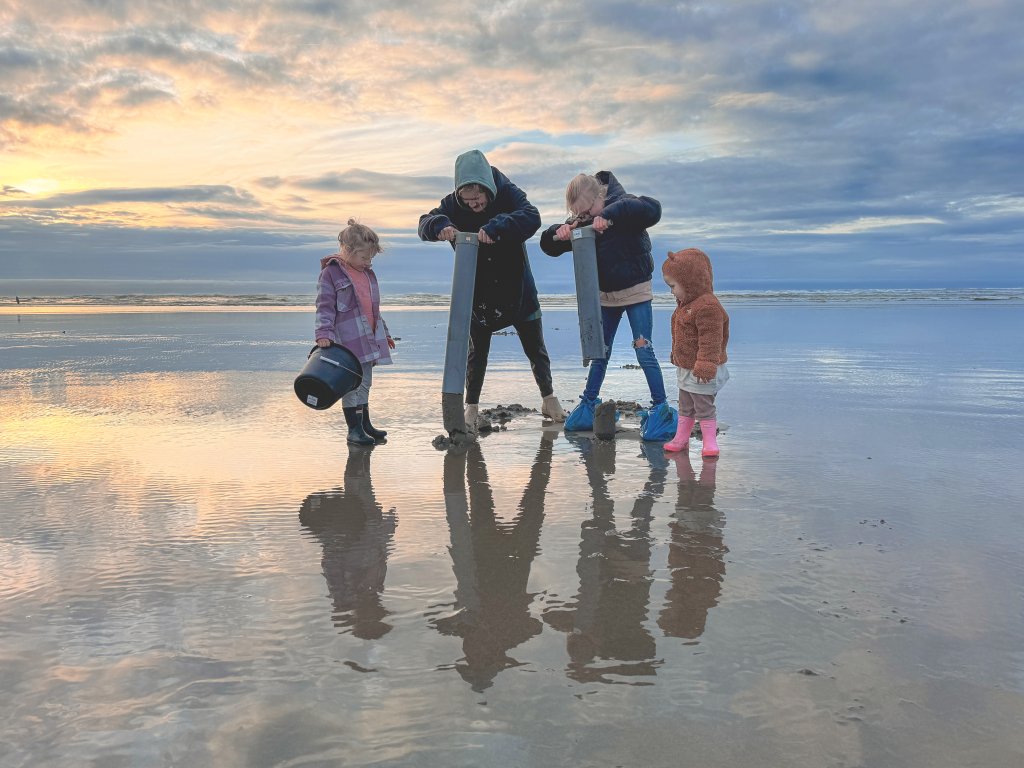
For locals, razor clam digging is more than recreation—it’s a way of life. It’s how stories are passed down, friendships are forged, and memories are made.
Each dig connects people to the rhythm of the tides and the natural beauty of Washington’s Evergreen Coast. Whether you’re a lifelong resident or a visitor seeing the Pacific Ocean for the first time, there’s something timeless about standing in the surf, lantern in hand, waiting for that next “show.”
So grab your boots, check the tide charts, and head for the sand. The razor clams are waiting—and so is one of Washington’s most unforgettable coastal adventures.

